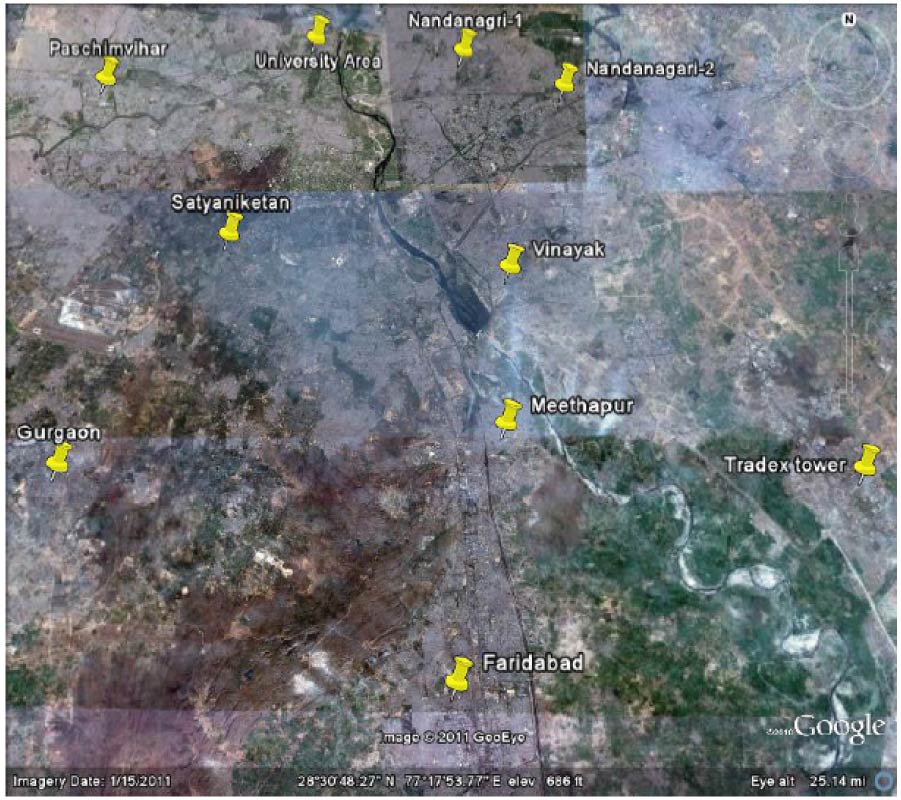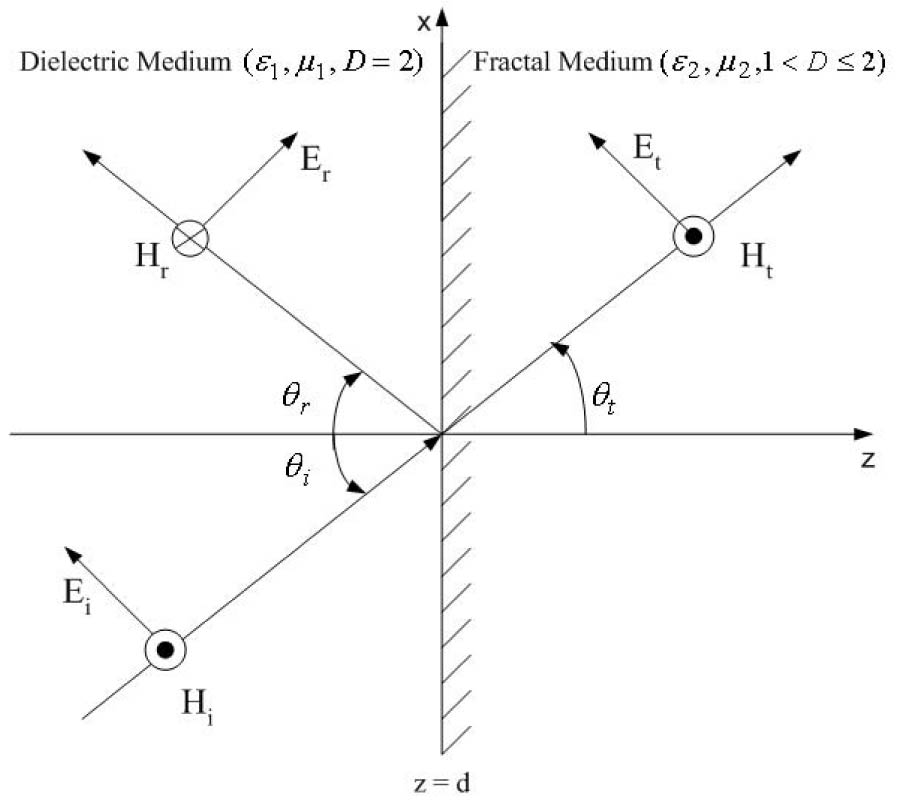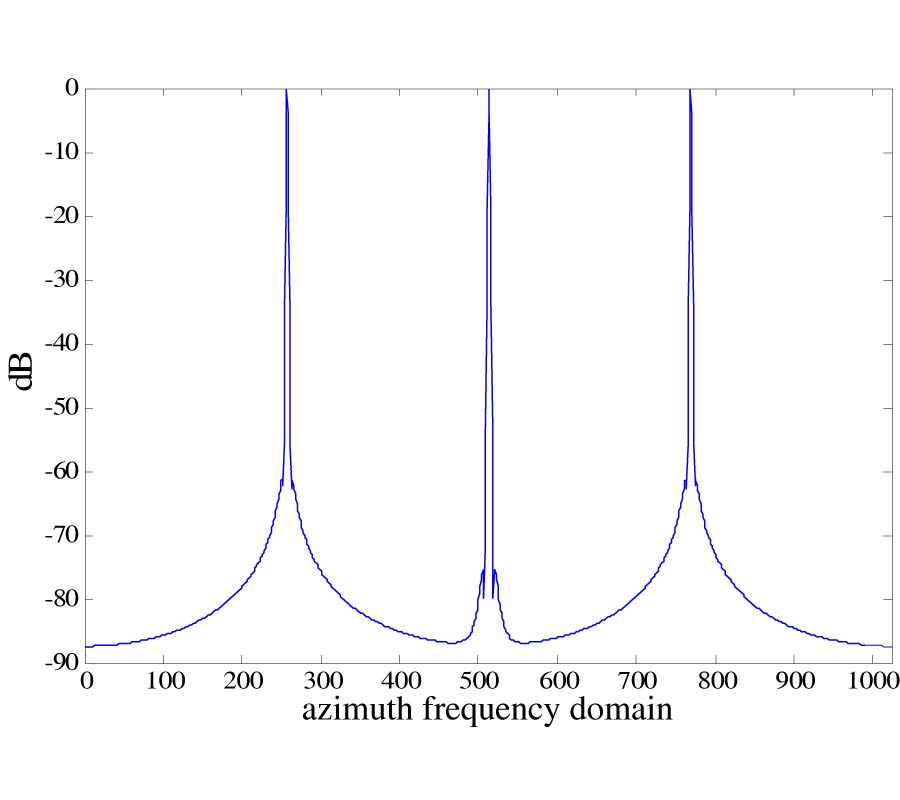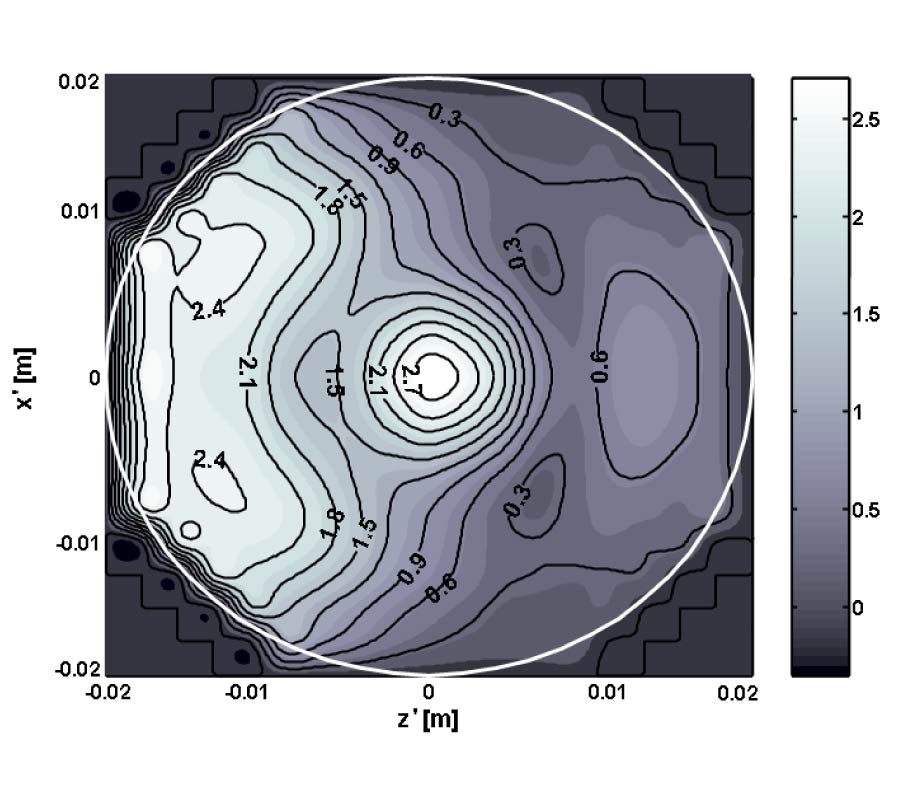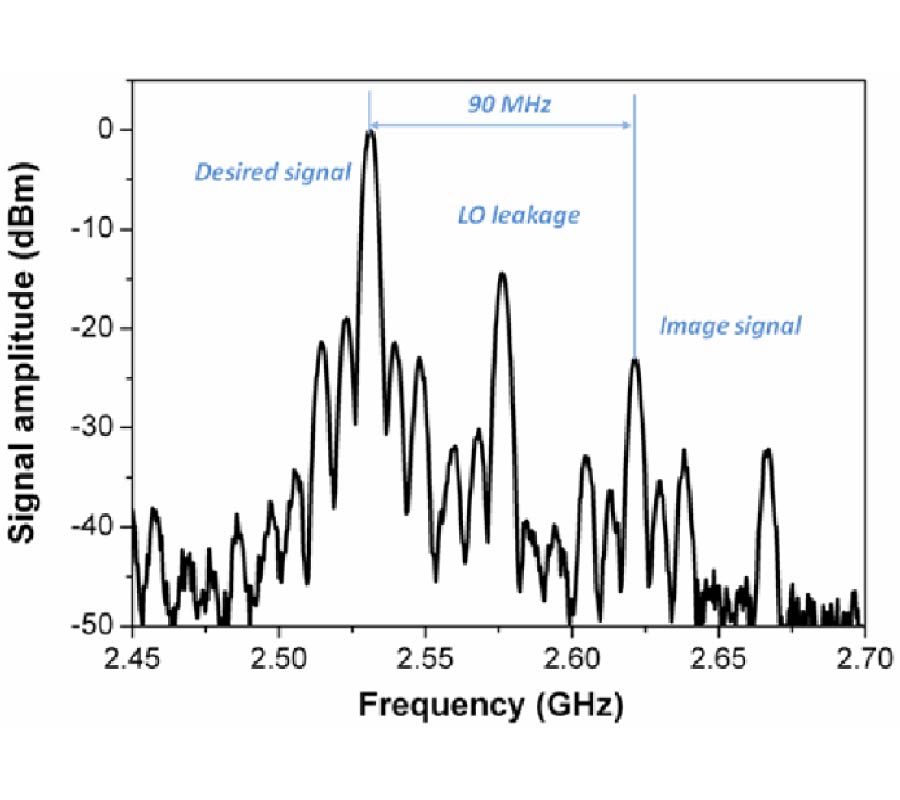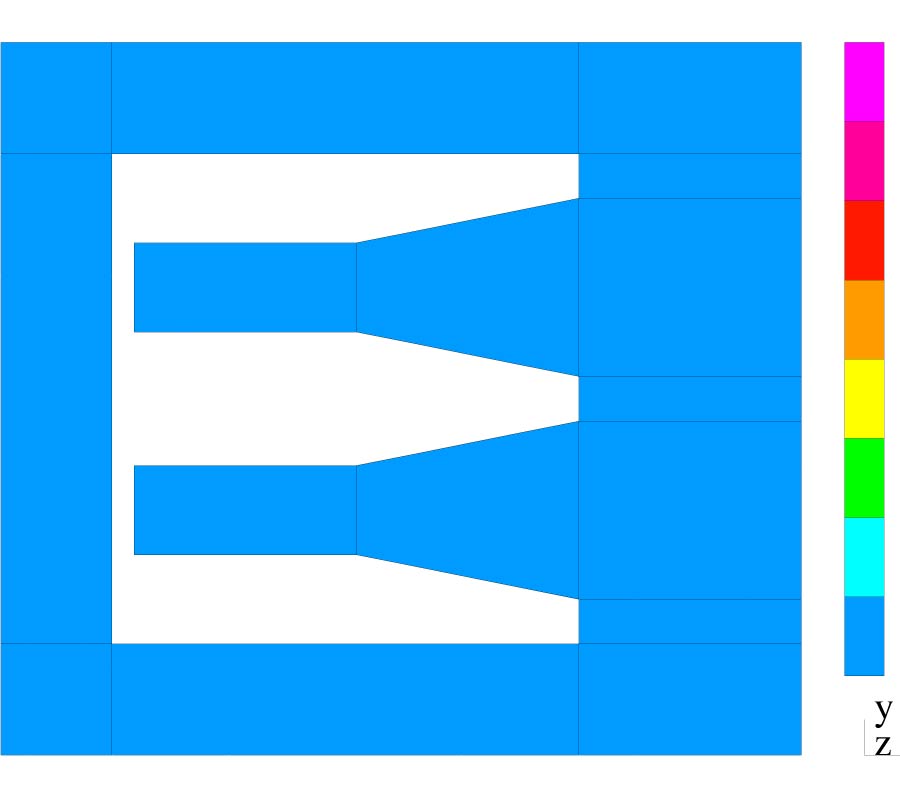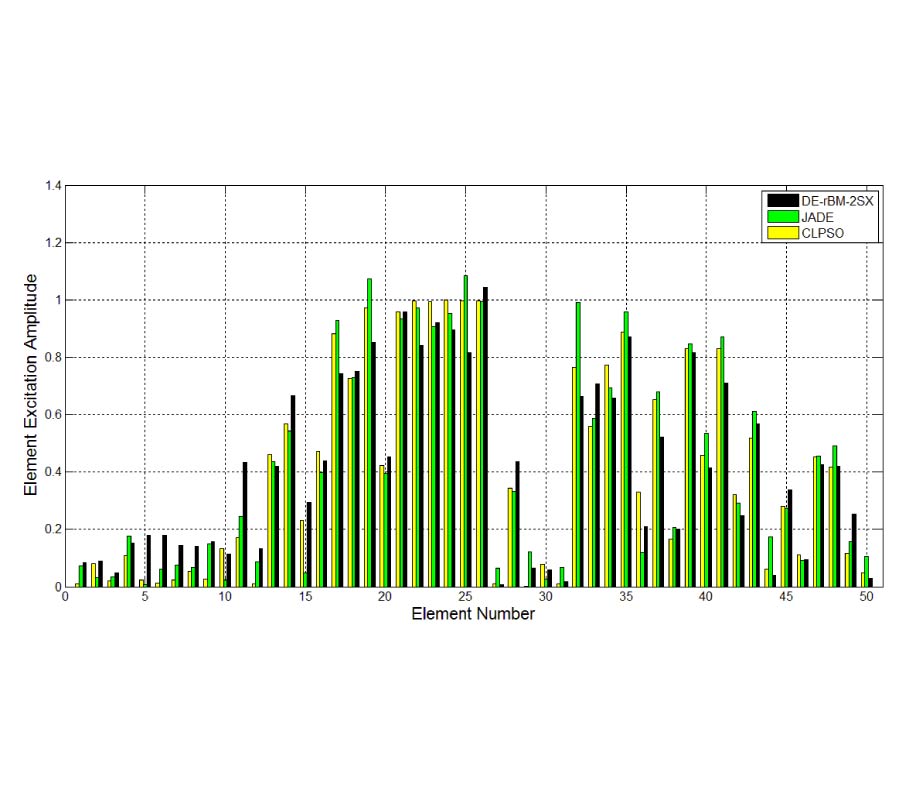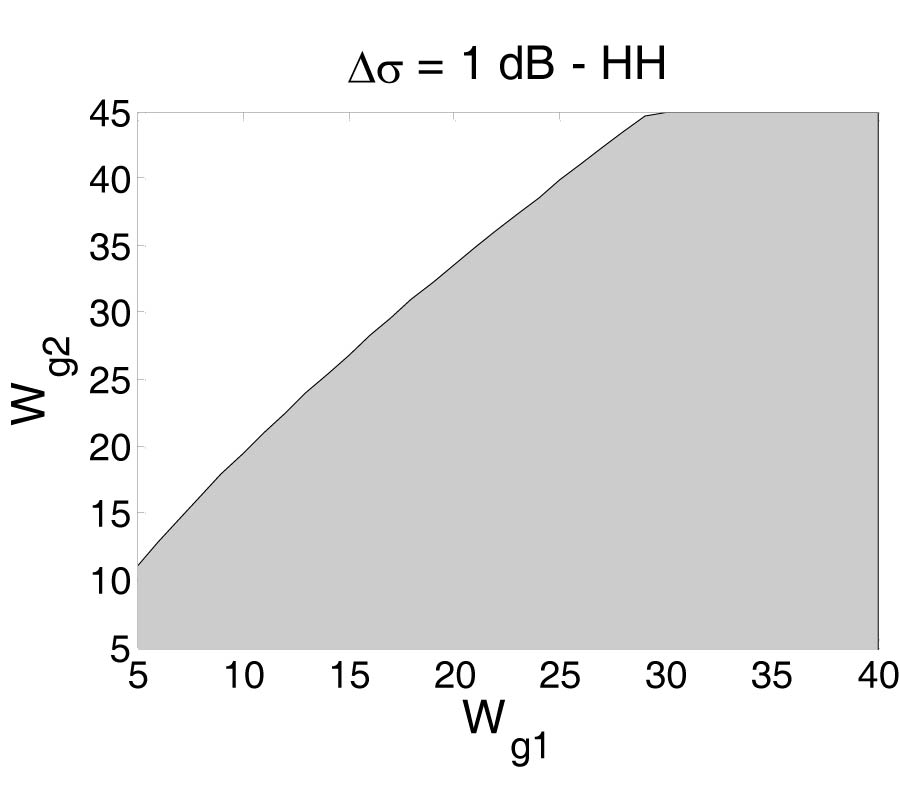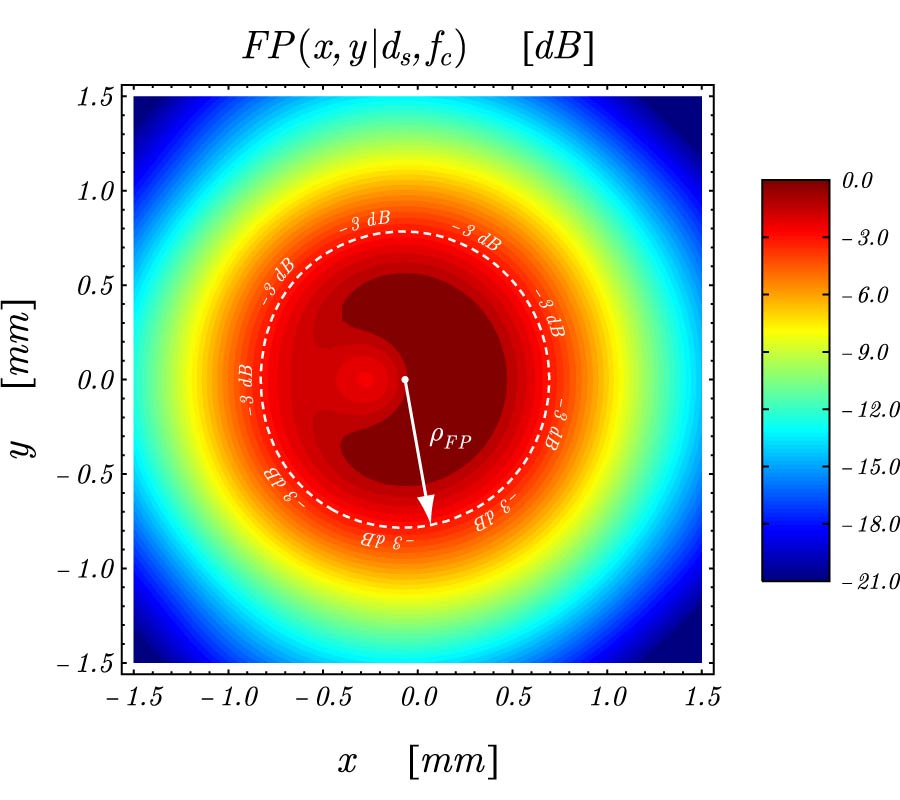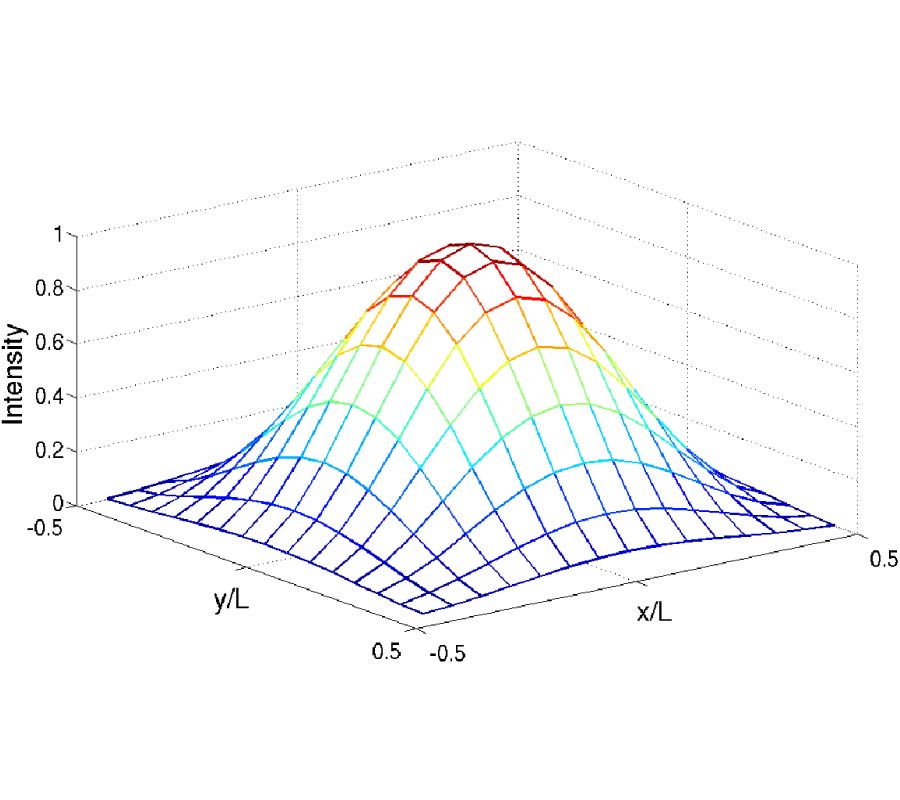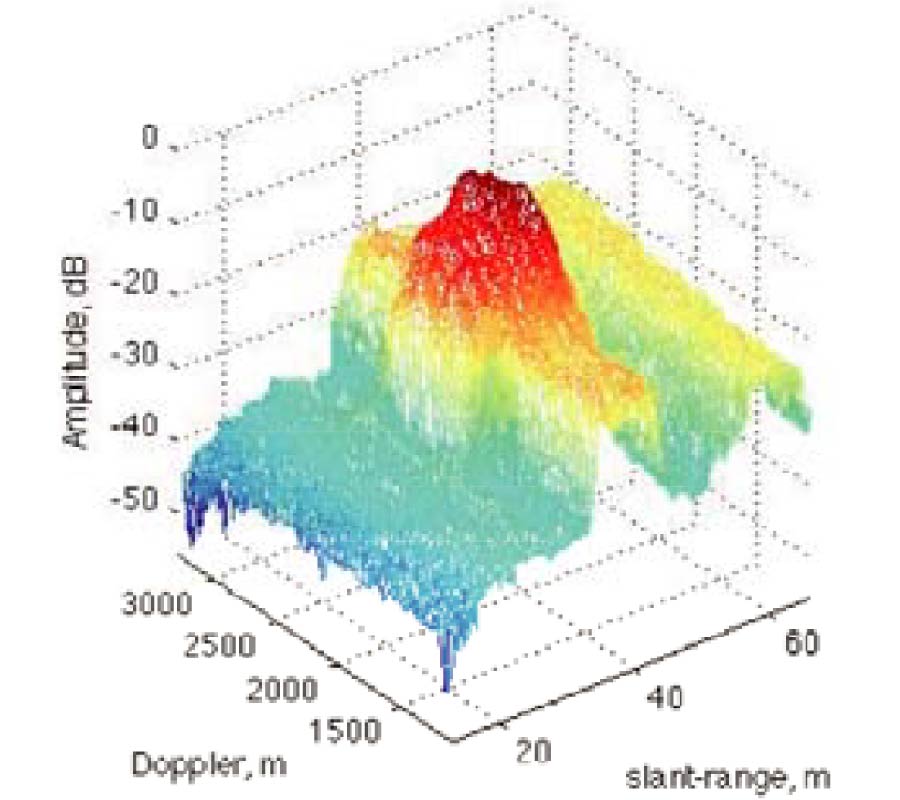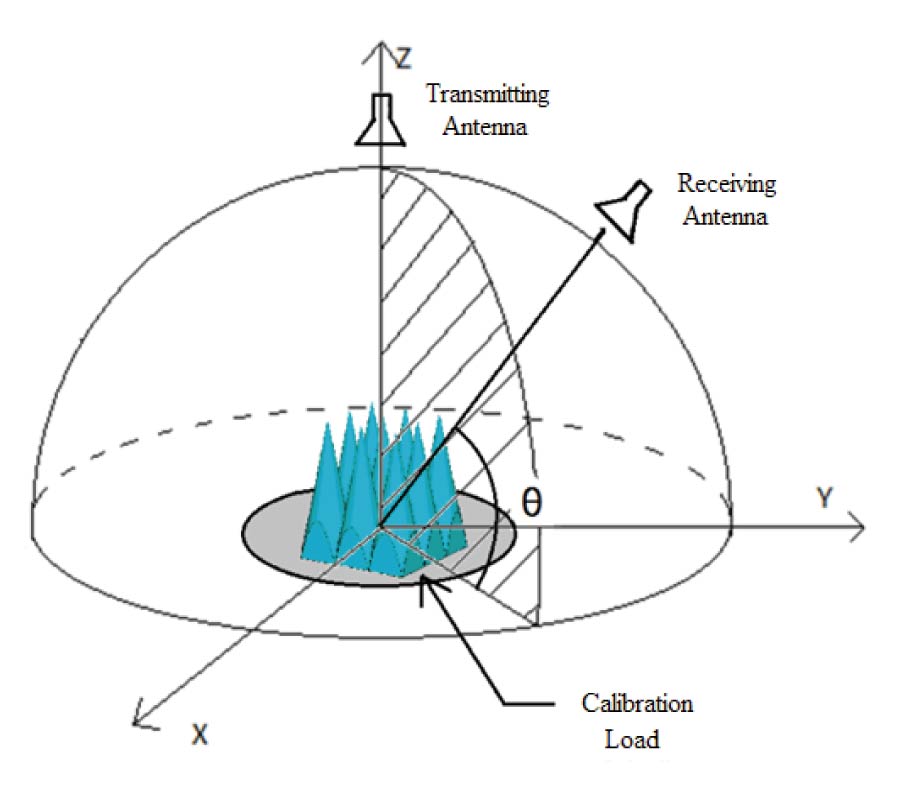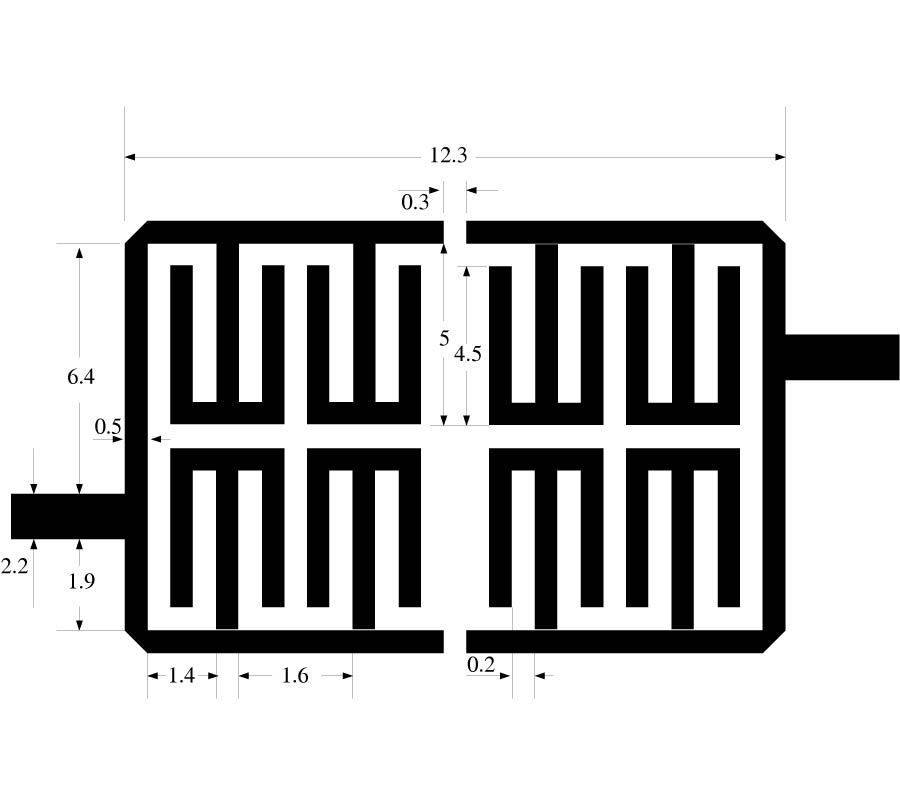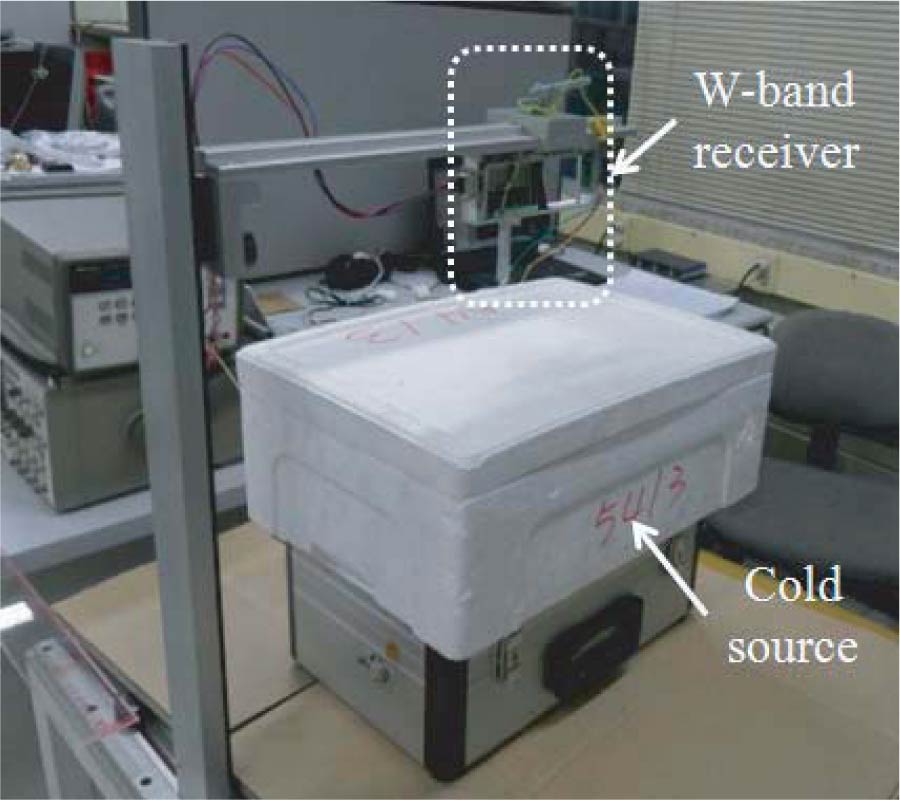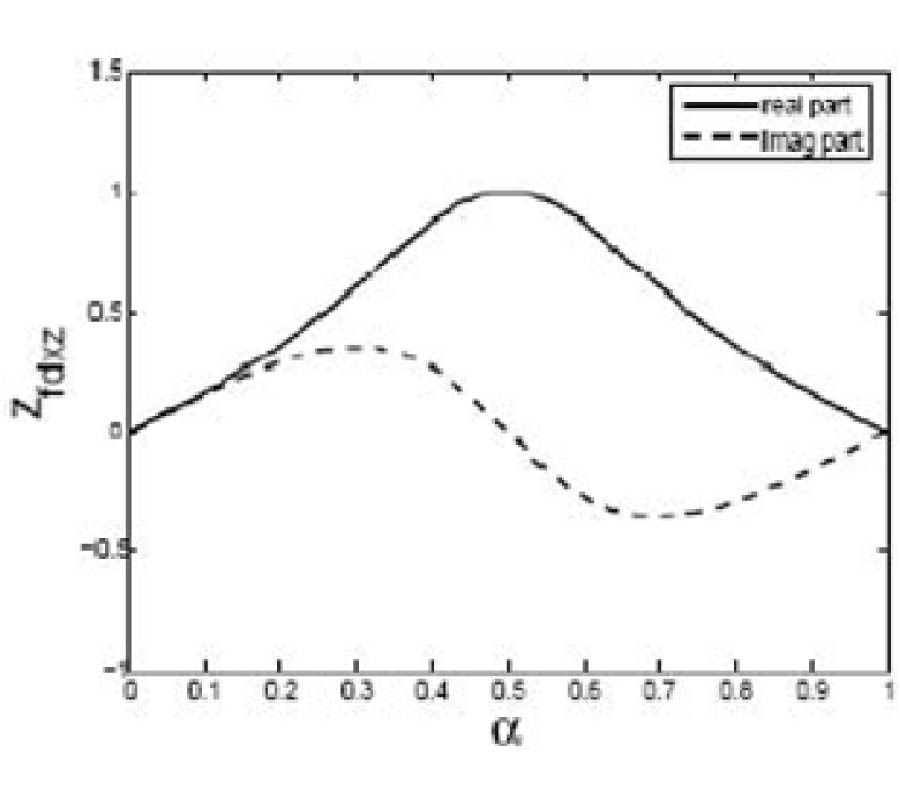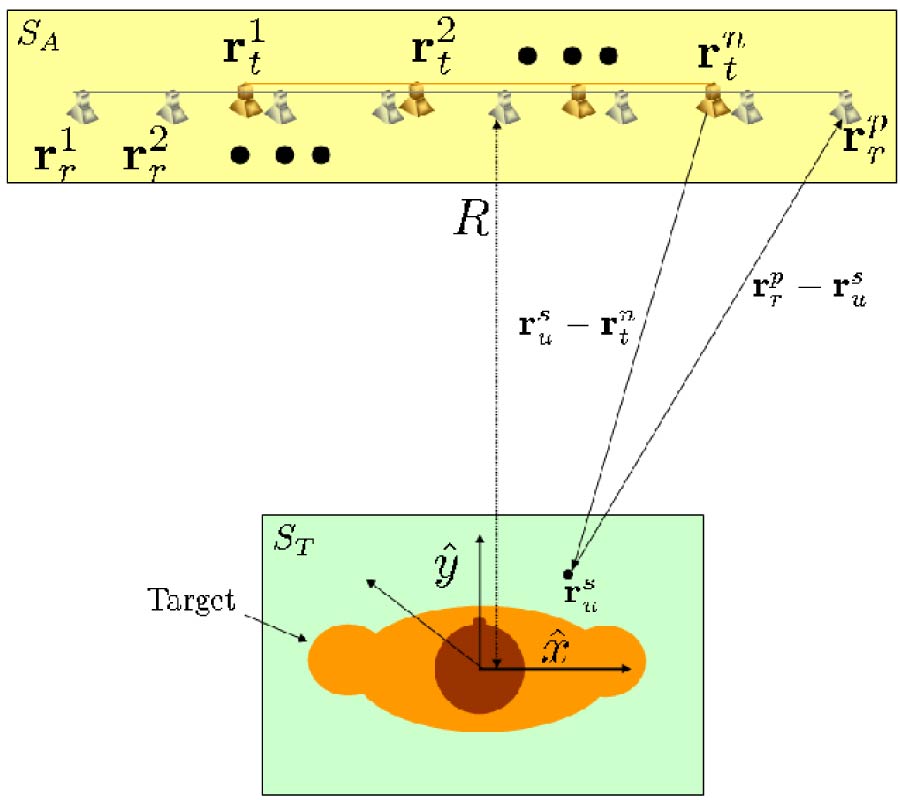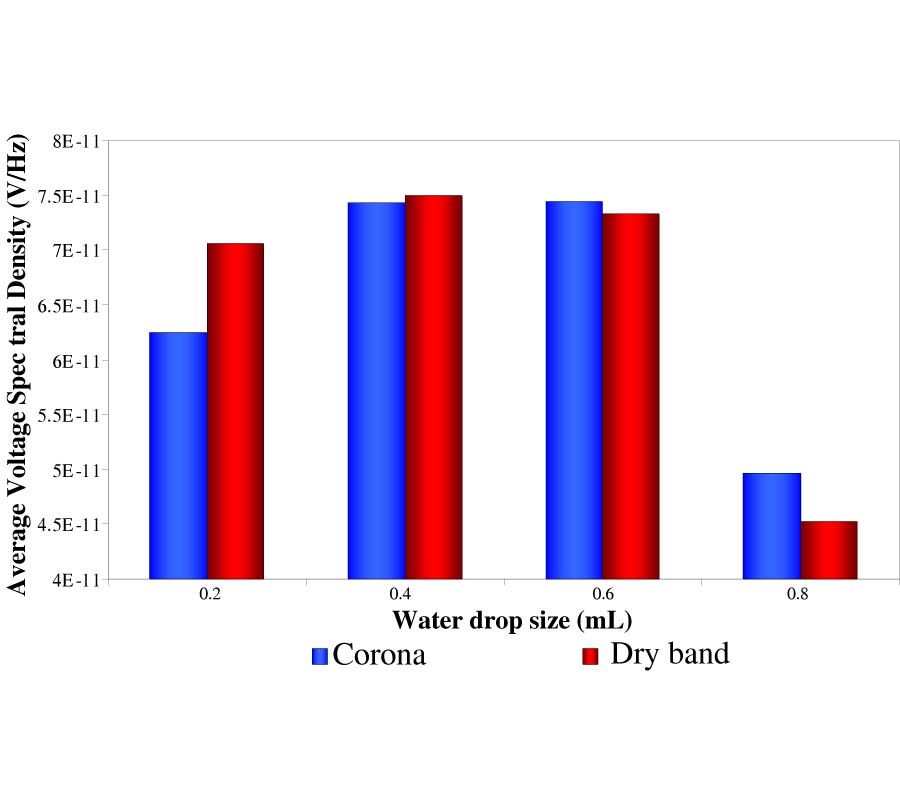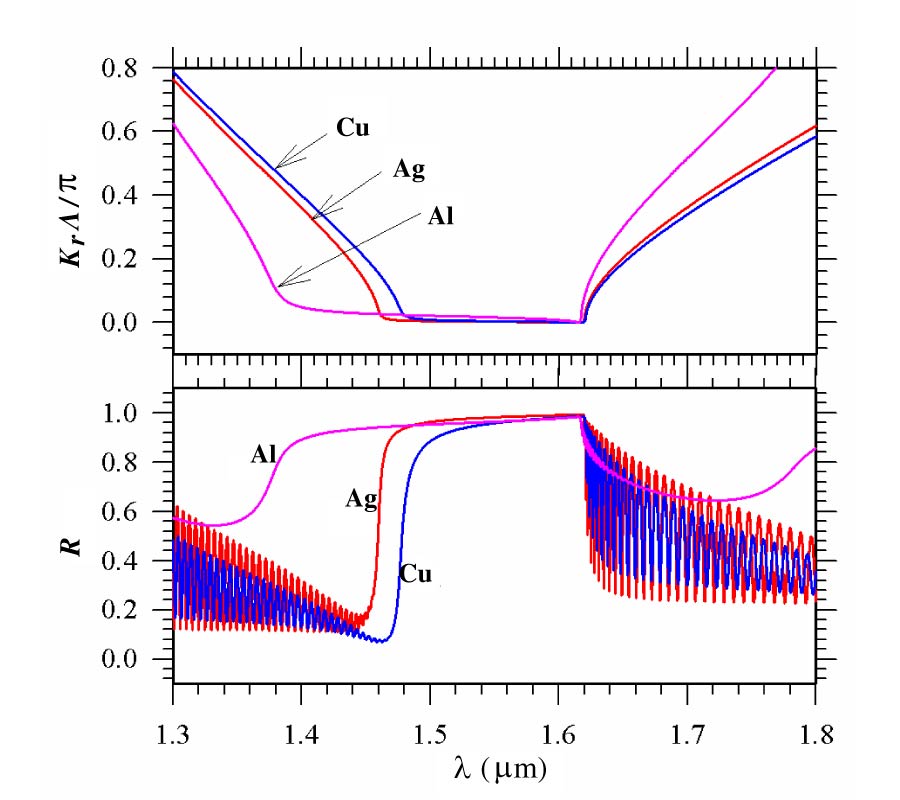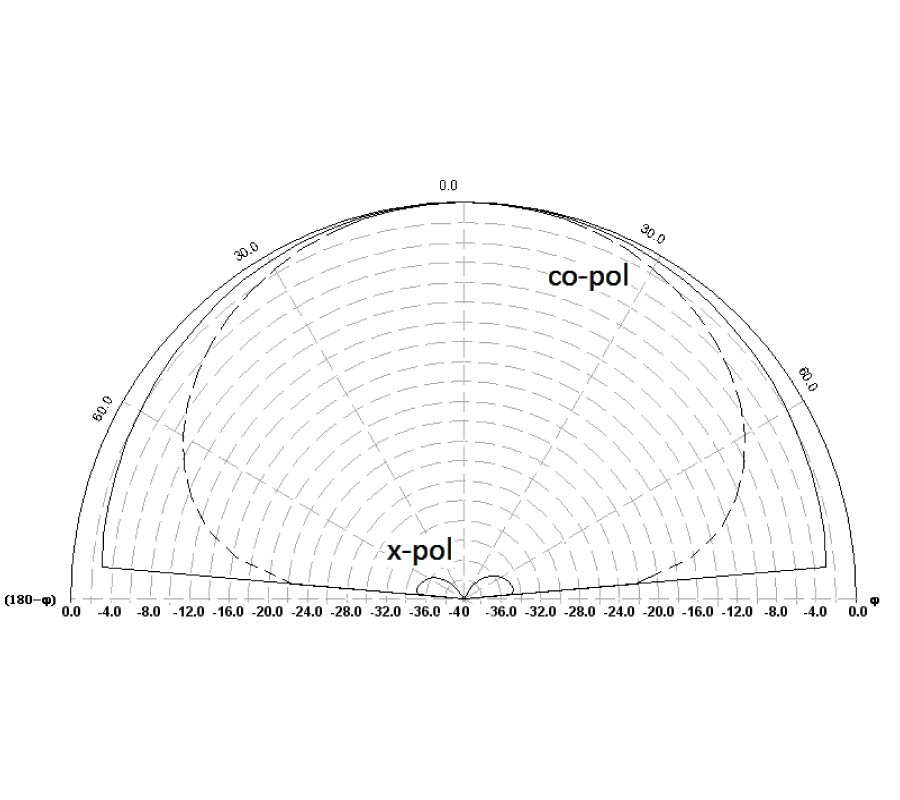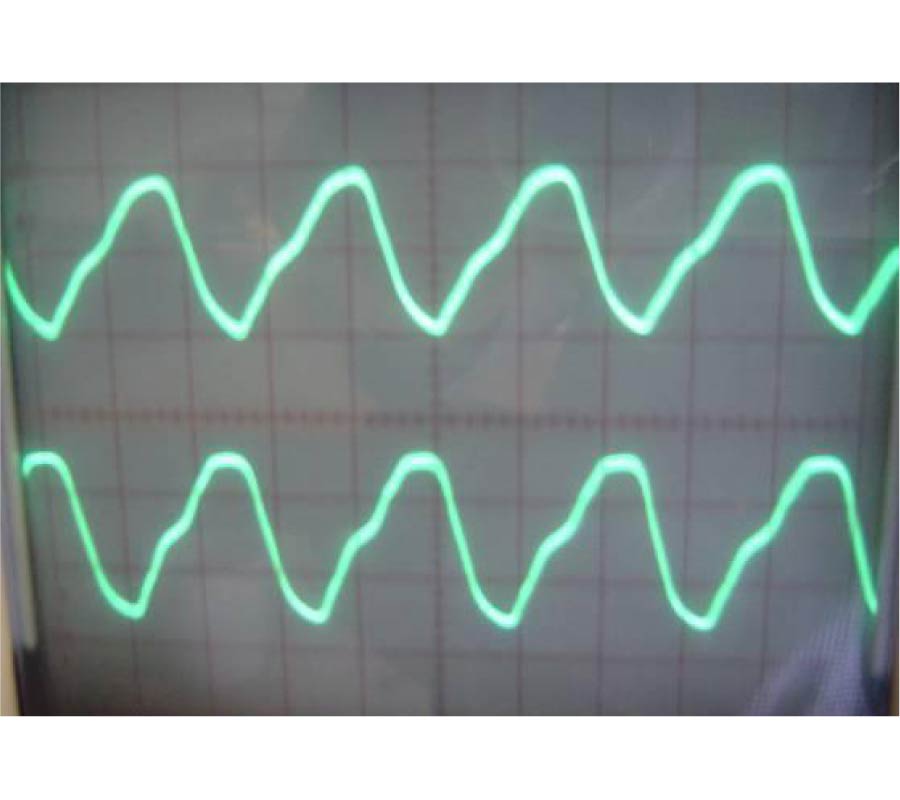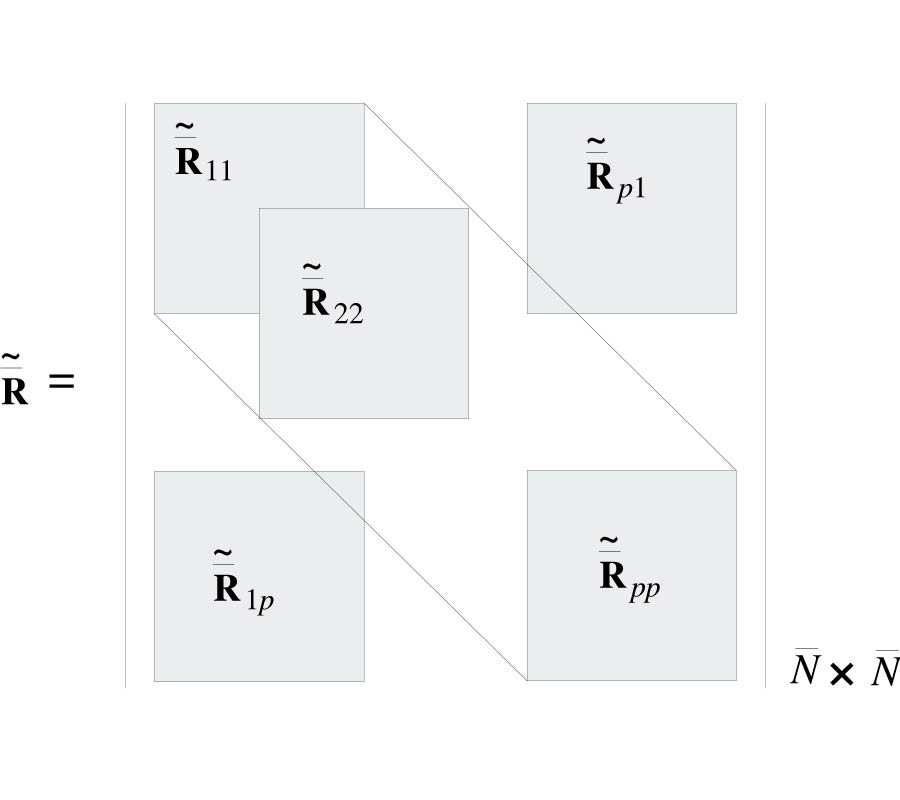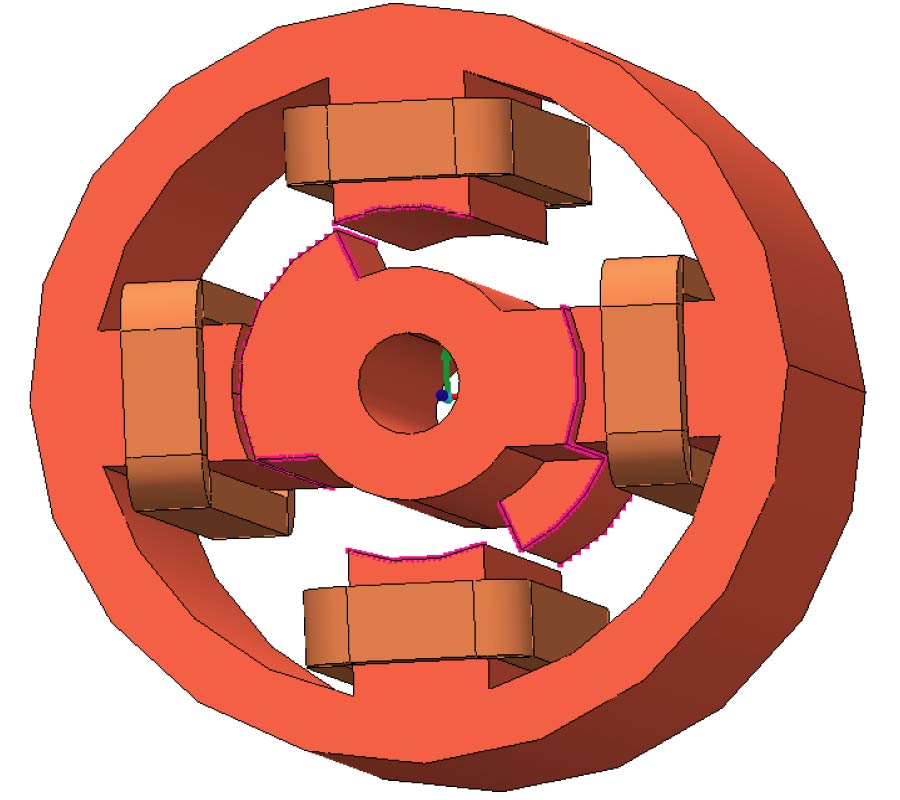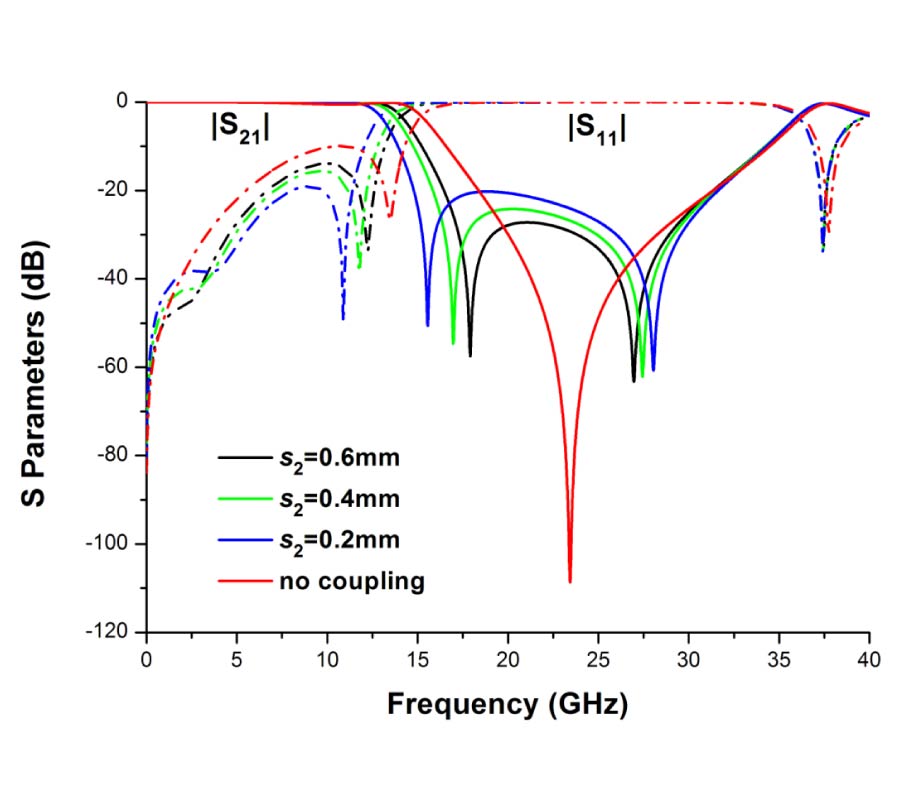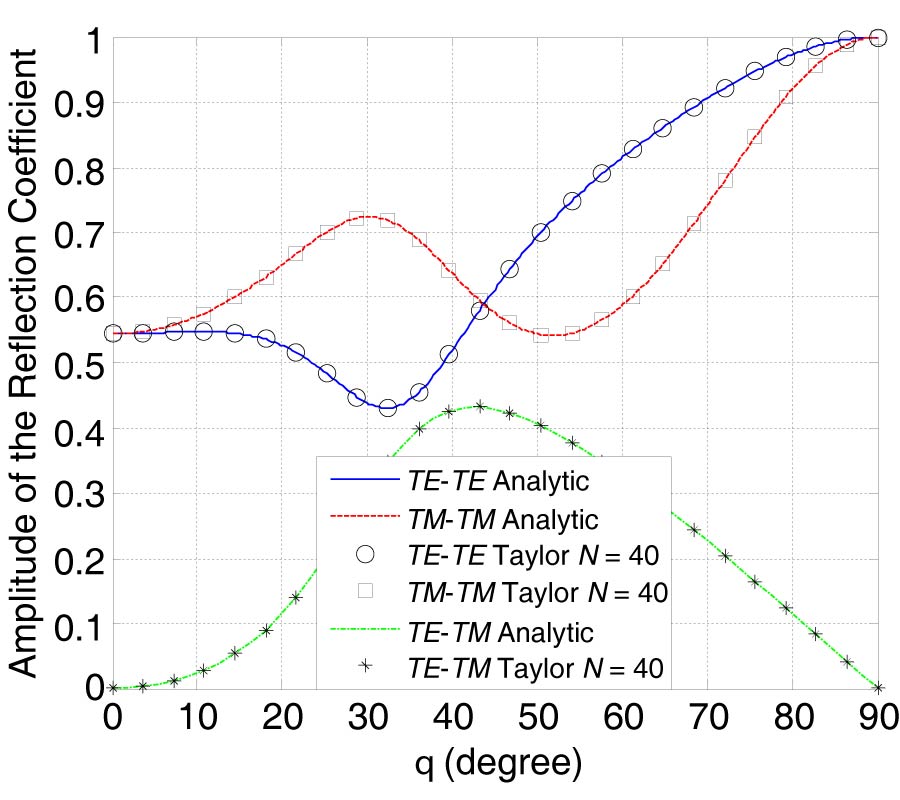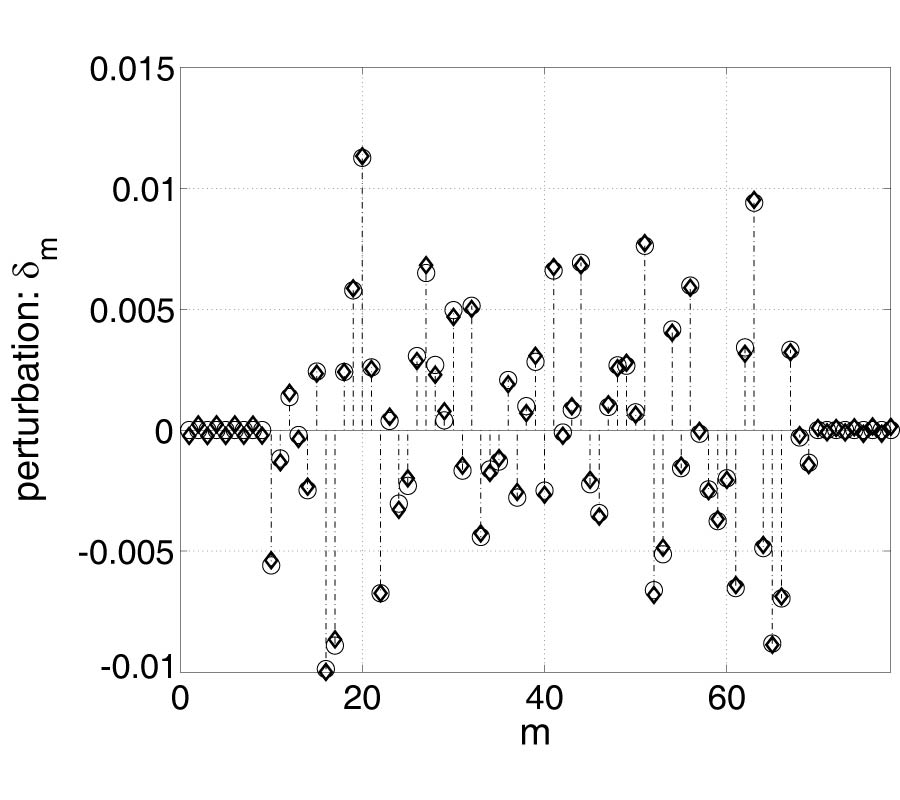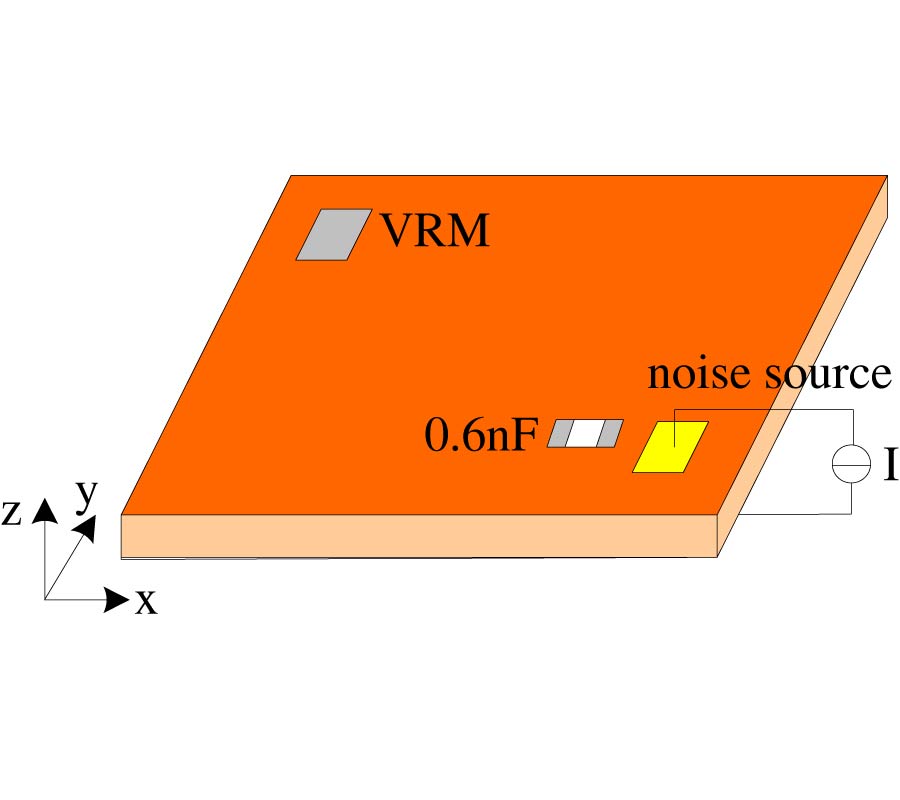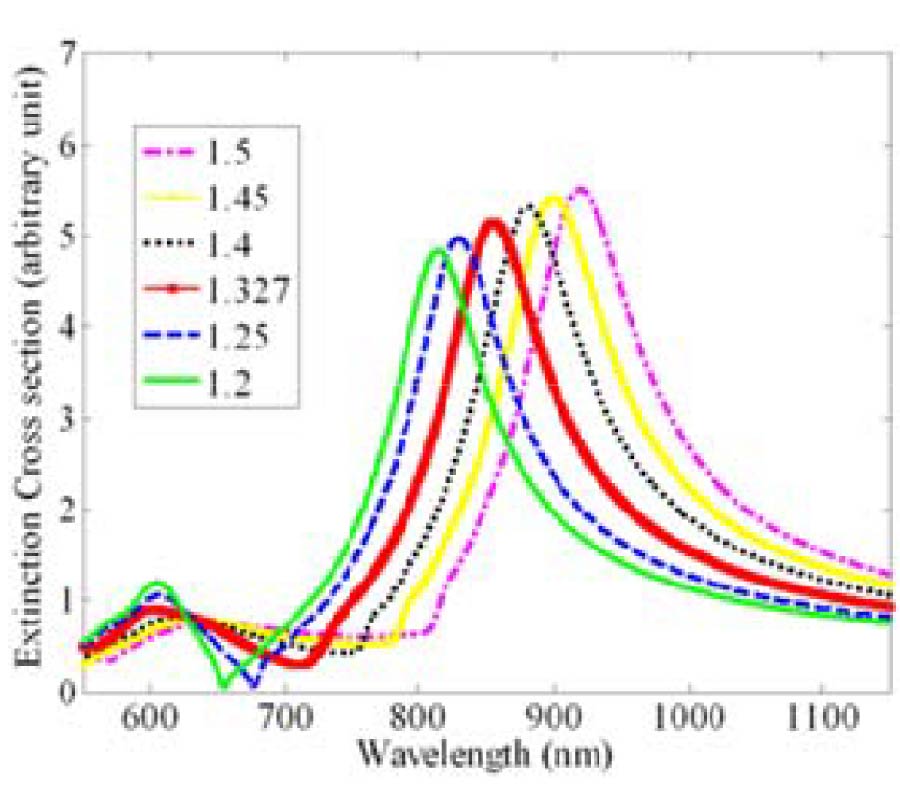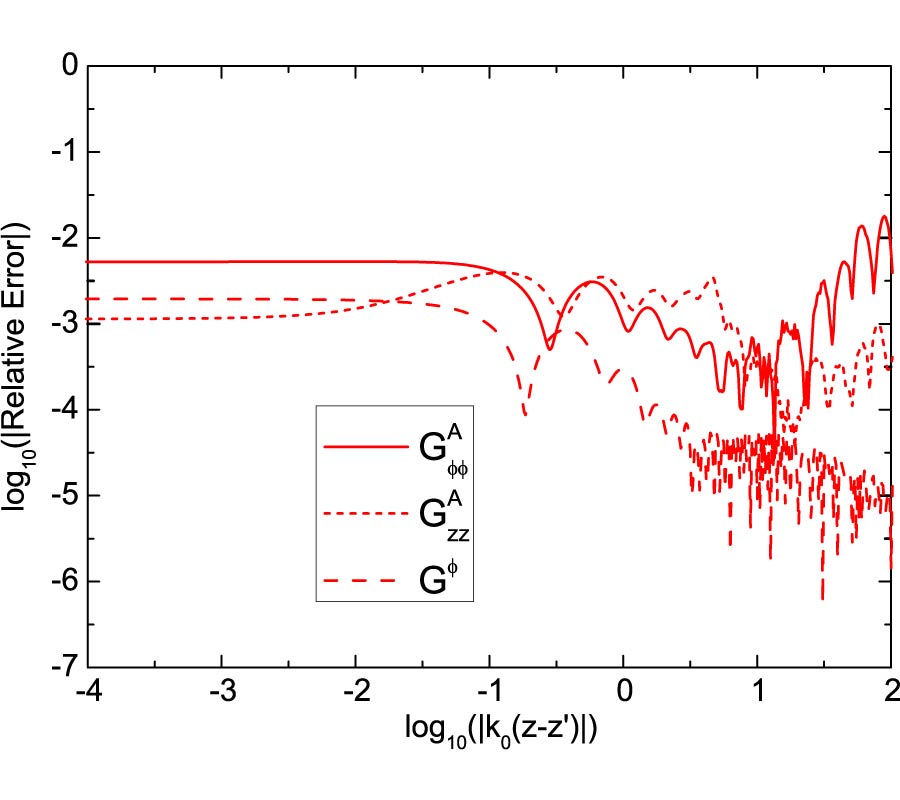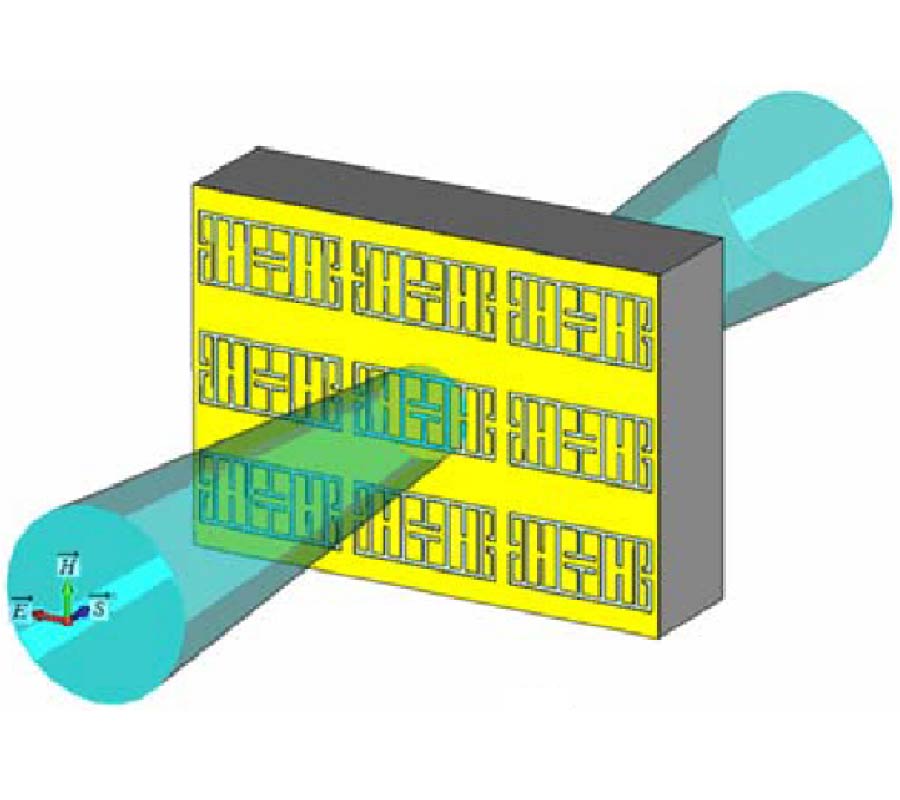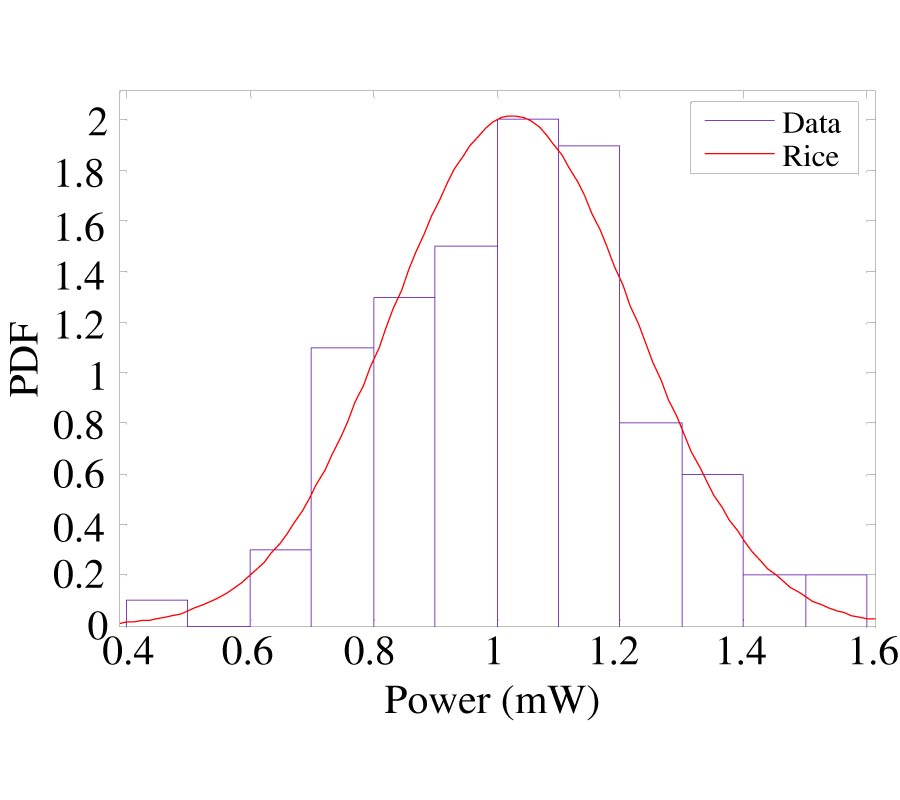GPU Implementation of Split-Field Finite-Difference Time-Domain Method for Drude-Lorentz Dispersive Media
Afsaneh Shahmansouri and
Bizhan Rashidian
Split-field finite-difference time-domain (SF-FDTD) meth-od can overcome the limitation of ordinary FDTD in analyzing periodic structures under oblique incidence. On the other hand, huge run times of 3D SF-FDTD, is practically a major burden in its usage for analysis and design of nanostructures, particularly when having dispersive media. Here, details of parallel implementation of 3D SF-FDTD method for dispersive media, combined with total-field/scattered-field (TF/SF) method for injecting oblique plane wave, are discussed. Graphics processing unit (GPU) has been used for this purpose, and very large speed up factors have been achieved. Also a previously reported formulation of SF-FDTD based on the Drude model for dispersive media, is extended to cover Drude-Lorentz model, which is usually needed for materials such as gold. The resulting reduction in the number of variables in this formulation, not only helps in reducing the computational time, but also makes it possible to be implemented in GPU, where its memory limitation is a major concern. As an example for demonstrating the importance of this method in optimization of nanophotonics structures, improvement in the performance of a refractive index sensor, made of an array of nanodisks, using suitable angle of incidence is reported. To the best of our knowledge this is the first report of GPU implementation of SF-FDTD method, capable of analyzing periodic dispersive media under oblique incidence.
